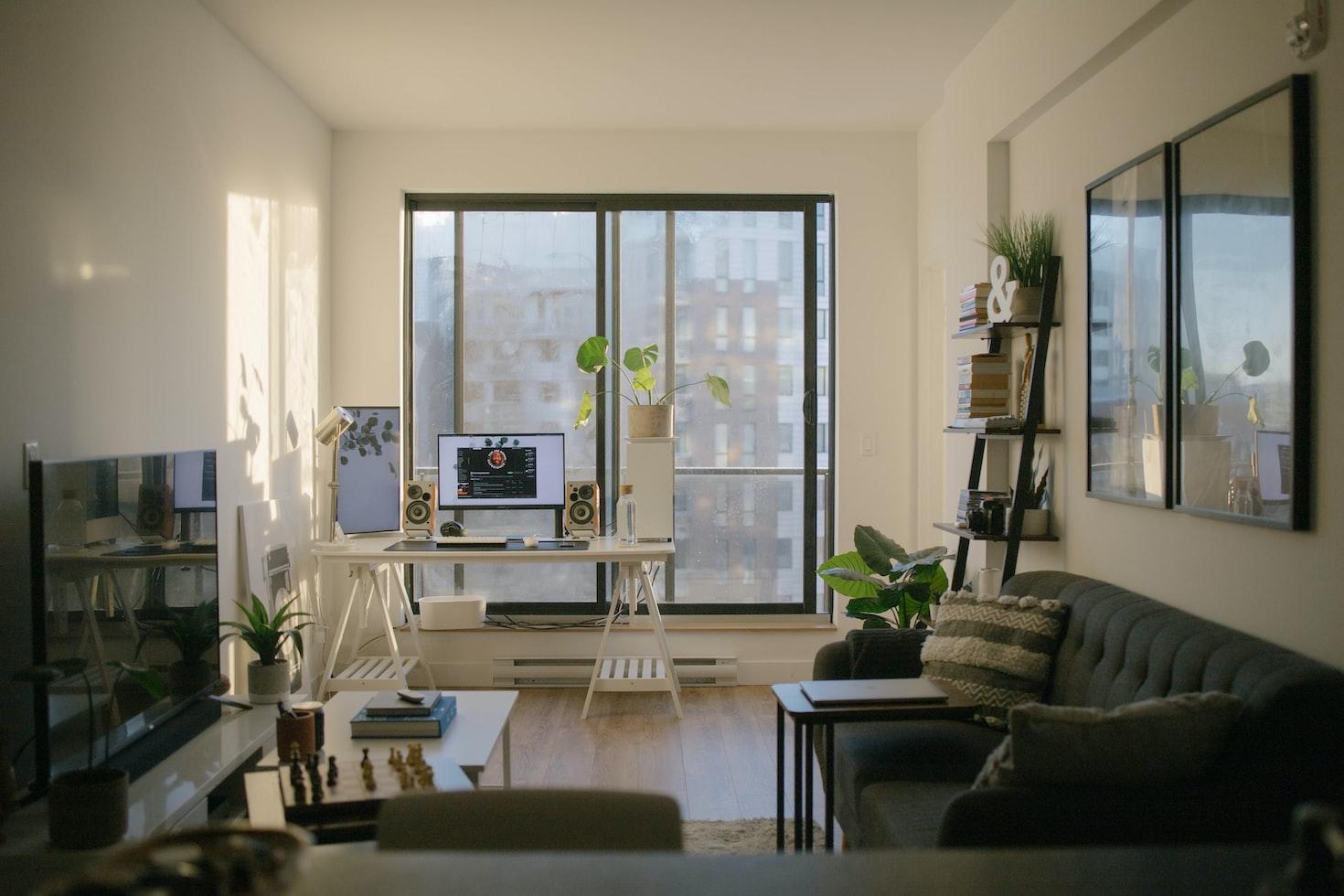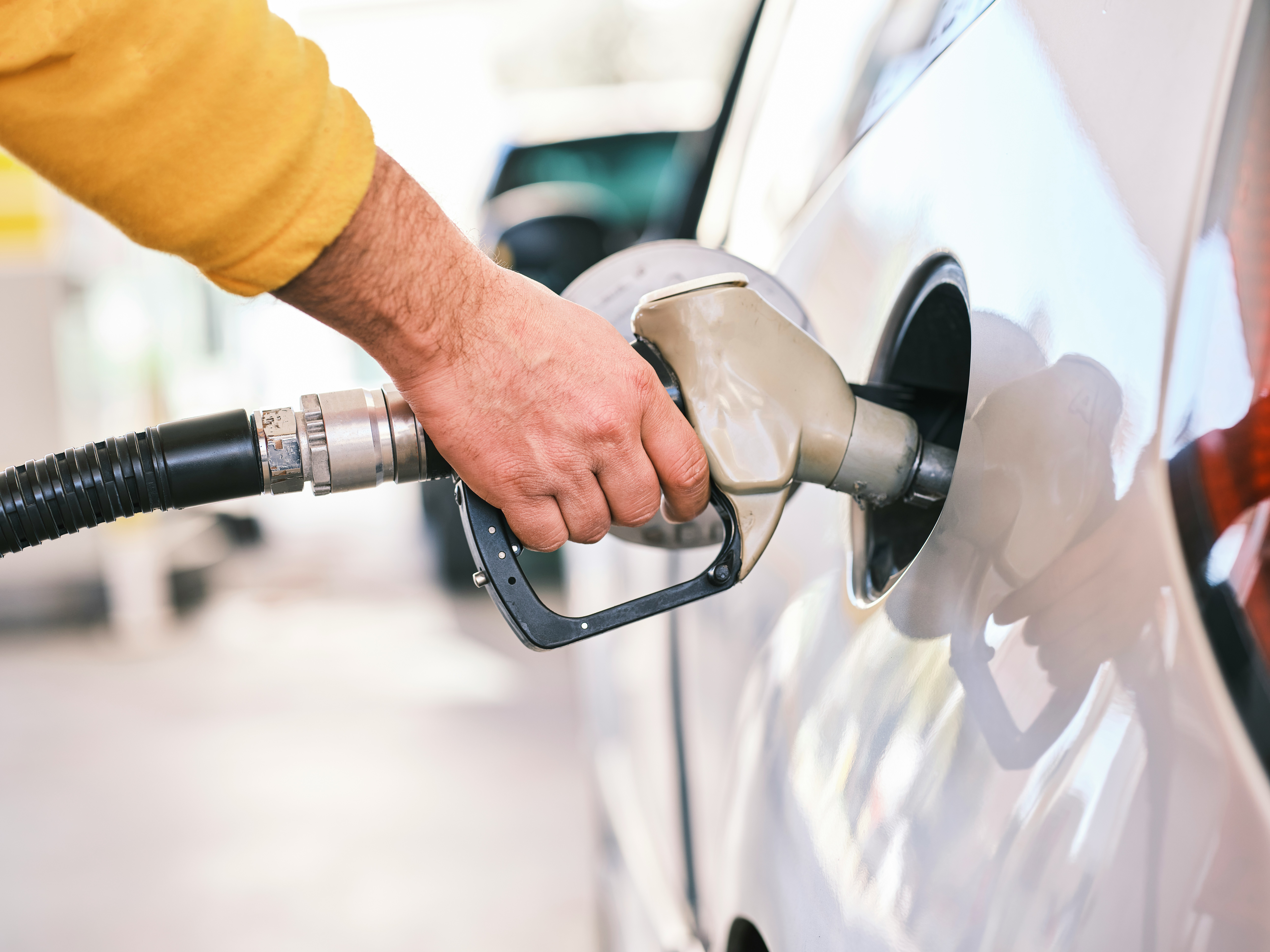Author | M. Martínez Euklidiadas
Could passive solar heating and passive solar design in general, help cities? With the current energy crisis and the climate crisis we need to rethink systems based on continuous energy consumption, and focus architecture on more efficient systems that are less dependent on fossil fuels and even electric power. Passive solar heating is one of these much needed ideas.
What is passive solar heating?
Passive solar heating is a type of temperature control and heating system that does not require electric power or fuel to function. All the energy is obtained from the heat provided by the Sun, through different mechanisms depending on the particular system.
This passive solar heating falls with the passive solar design concept, which is much broader, and seeks to reduce the dependence on energy sources of active cooling and heating or lighting systems. There is not just a single form of passive solar heating, and often various systems are combined. Let’s take a look at some of them.
High-thermal mass walls or floors
For thousands of years, cities and human communities have used the properties from materials to ‘heat’ (to a certain degree) their homes. For example thick walls, in areas where it is cold the entire day or at night. Thick walls have a great deal of thermal mass, i.e., the capacity to store heat inside them. The opposite of insulation.
If we think back to original cities, such as Uruk located in present day Iraq in 3000 B.C., hot days led to cool and often cold nights. With their thick walls, the homes in Uruk absorbed the heat during the day and slowly released it inside the homes during the evening, much the same way as log homes do.
 Two high thermal mass materials. The first one heats during cold nights and requires windows and doors to be open to release the day’s heat, the second helps to heat during the entire day and tends to be accompanied by thick doors and double windows.
Two high thermal mass materials. The first one heats during cold nights and requires windows and doors to be open to release the day’s heat, the second helps to heat during the entire day and tends to be accompanied by thick doors and double windows.
Trombe wall, glazing that works like a small greenhouse
The Trombe wall is a design solution that enables heat to be trapped through the use of glass and a high thermal mass wall painted a dark color. The invention consists in redesigning the side that faces the Sun (south in the northern hemisphere; north in the southern hemisphere), covering a wall with glass. Below is an illustration of how it works during the day and night.

During the day, the glass allows the Sun’s heat to pass through, which is stored inside the wall. The glass acts to convert that small space into a greenhouse effect: if the wall releases heat, the glass acts as a reflector, preventing it from radiating outwards. During the night, the wall radiates its heat towards the inside of the home. If the thermal mass of this has been calculated properly, this thermal heat can be felt when the outside temperature drops.
Water radiators heated with thermal panels
A solution that requires slightly more technique is ‘conventional’ heating with metal radiators that contain hot water, but instead of heating the water with fuel or electrical resistance, the energy is taken directly from the Sun. Formally, this system is not 100% passive, because it uses a pump, but its consumption is practically zero.

Main advantages of passive solar heating
Passive solar heating is, without doubt, one of the best investments when looking to cut ties with any form of fossil fuel, by not having to depend on them to heat homes directly (natural gas, wood) or indirectly (electricity). Its contribution to the climate crisis is limited and specific (material footprint), but it does not contribute in the long term to increase the climate debt.
This means a notable reduction in energy bills. Imagine for just one moment being able to do away bills for heating your home (or cooling, although these techniques have not been used in this area yet). It delivers a rapid return on investment. Furthermore, maintenance is quite low or almost non-existent.
As a renewable source, the Sun is an endless resource. Its hydrogen fuel will last longer than human civilization, therefore demand can increase if there is enough exposed space. And, if the system is calculated properly, comfort inside the home will be even greater.

Some disadvantages of passive solar heating
However, despite its advantages, the truth is that the system has some disadvantages. The Trombe wall, for example, prevents sunlight entering the home. And the same occurs with high thermal energy walls, which have small windows. If you do not want to use active heating, insulation has to be greatly increased to have large windows. This is why mixed systems are often used: high thermal inertia (from the floor, which is heated during the day with the Sun) together with radiators with thermal panels.
Unlike active heating, depending on the time of the year or the time of the day, passive heating can rarely be regulated. This affects comfort. During the summer fans or even (a little) air conditioning may have to be used; and in winter, perhaps active heating systems will have to be used (but just a little also). Furthermore, these systems are extremely vulnerable to climate. If there is a week of storms blocking out sunlight, the house will be freezing.
There is no doubt that these passive systems will have a brilliant future under the light of the Sun and, without being the panacea, they will help us reduce energy dependency in urbanized areas. As with the use of urban vegetation or urban densification, they are essential but insufficient tools, which must be combined with other techniques.
Images | Med Badr Chemmaoui, Ant Rozetsky, Meritt Thomas, Ece Alan, Ece Alan, NAVFAC, Bernard Hermant






















































